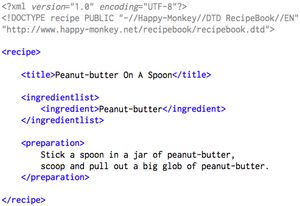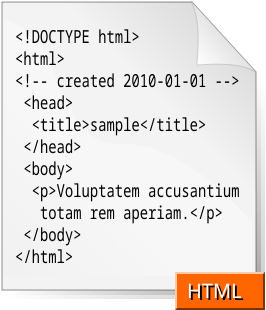Markup languages are a critical aspect of websites, the building blocks of most webpages today. They generally fall into one or more of three types:
- Presentational markup: Design-related commands, such as formatting text on a Web browser’s screen.
HTML is a nearly-universal example.
- Procedural markup: Instructions for programs which process the files. This includes PostScript and macros.
- Descriptive markup: Labels given to document sections to classify and provide a structure to the data. XML is included in this category.
Markup languages take their name from the practice of manually marking up changes or instructions for print publications by editors. SGML (Standard Generalized Markup Language), a meta-language which developers could use to create their own markup specifications for their needs, was prominent in the story of the Web. While it was very flexible, it was also difficult to master. HTML (Hyper Text Markup Language), a much-easier and eventually nearly universal markup language, built upon its foundation.
Whereas HTML generally focuses on presentation such as fonts and webpage layouts, XML (eXtensible Markup Language) is used to organize data into categories and logical sections. XHTML takes some aspects of both HTML and XML, as it works in place of HTML while leaving most presentational aspects to be handled by separate stylesheets.


